Report this entry
More from the same community-collection
FERNANDO VILLELA - THROUGH THE YEARS PHOTOS - US ARMY JUNE 1968
FERNANDO VILLELA - THROUGH THE YEARS PHOTOS - ENTRY TO US ARMY ...
FERNANDO VILLELA VIETNAM - CANE, ORIGAMI & BAMBOO PIPE
FERNANDO VILLELA VIETNAM WAR - WALKING CANE, ORIGAMI & BAMBOO ...
FERNANDO & ROSA (BLANCARTE) VILLELA (HIS WIFE) AND CHILDREN
LEFT TO RIGHT Sitting - Erik, Michael, Rosa (Mother/Wife) ...
Canaletto - El Paso Museum of Art - Video I
Canaletto - El Paso Museum of Art - Video II Kress Collection ...
Canaletto - El Paso Museum of Art - Video II
Canaletto - El Paso Museum of Art - Video II Kress Collection ...
Giuseppe Maria Crespi - El Paso Museum of Art - Video I
Giuseppe Maria Crespi - El Paso Museum of Art - Video I 1665 ...
Giuseppe Maria Crespi - 1700 - Video II
Video from the El Paso Museum of Art - Giuseppe Maria Crespi - ...
Hyacinthe Rigaud -Video II - 1702
Hyacinthe Rigaud's - Portrait of a Master of Requests - 1702 - ...
Bernardo Bellotto - 1762 - 65 - Video - I
Video - Bernardo Bellotto's - Architectural Capriccio (Fantasy) ...
Bernardo Bellotto - 1762 - 65 - Video - II
Video - Bernardo Bellotto's - Architectural Capriccio (Fantasy) ...





















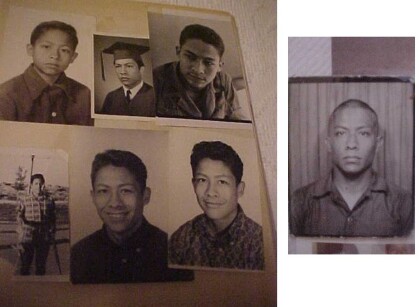
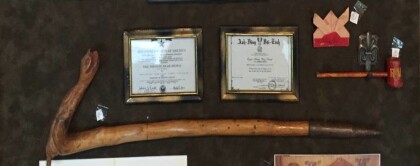
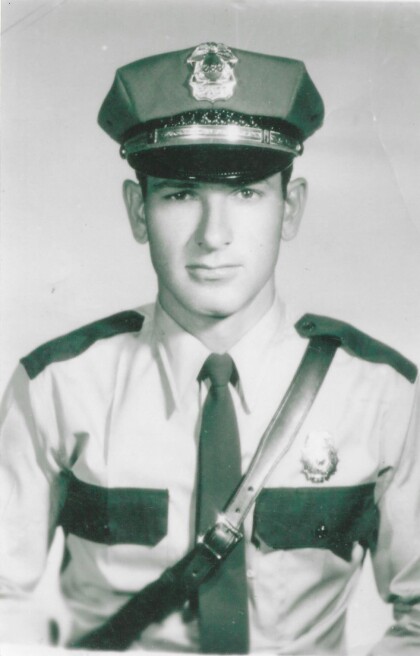
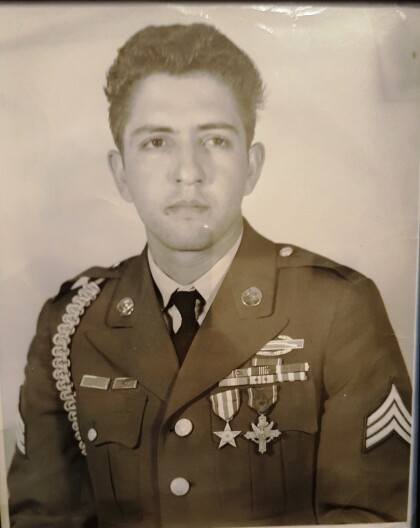

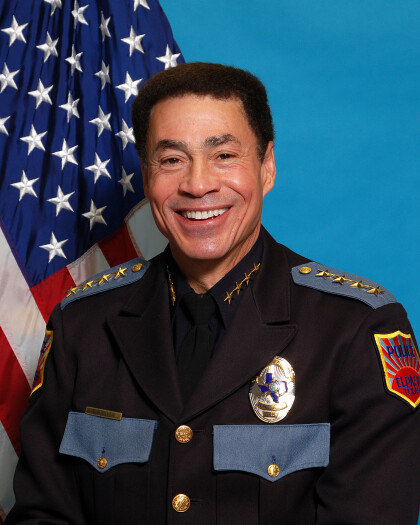
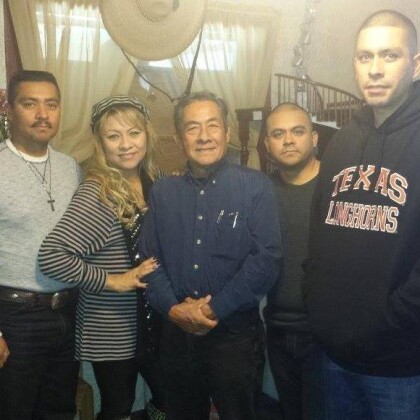
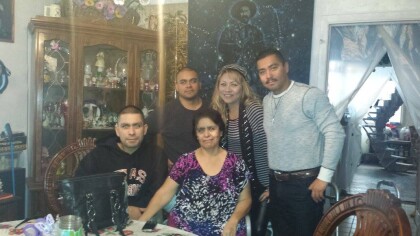
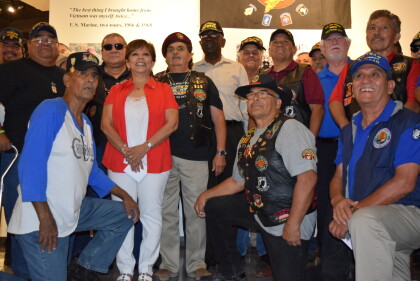
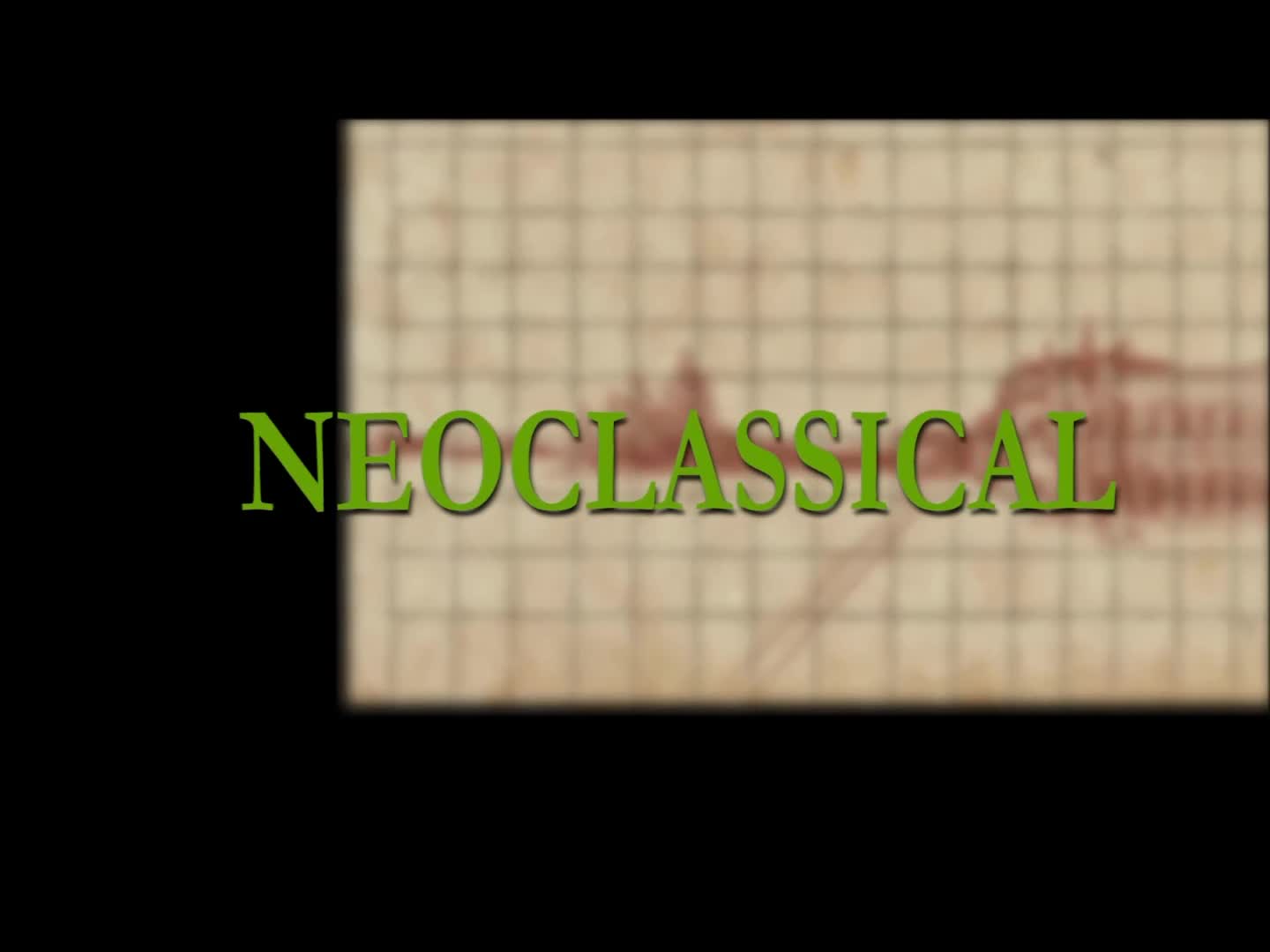
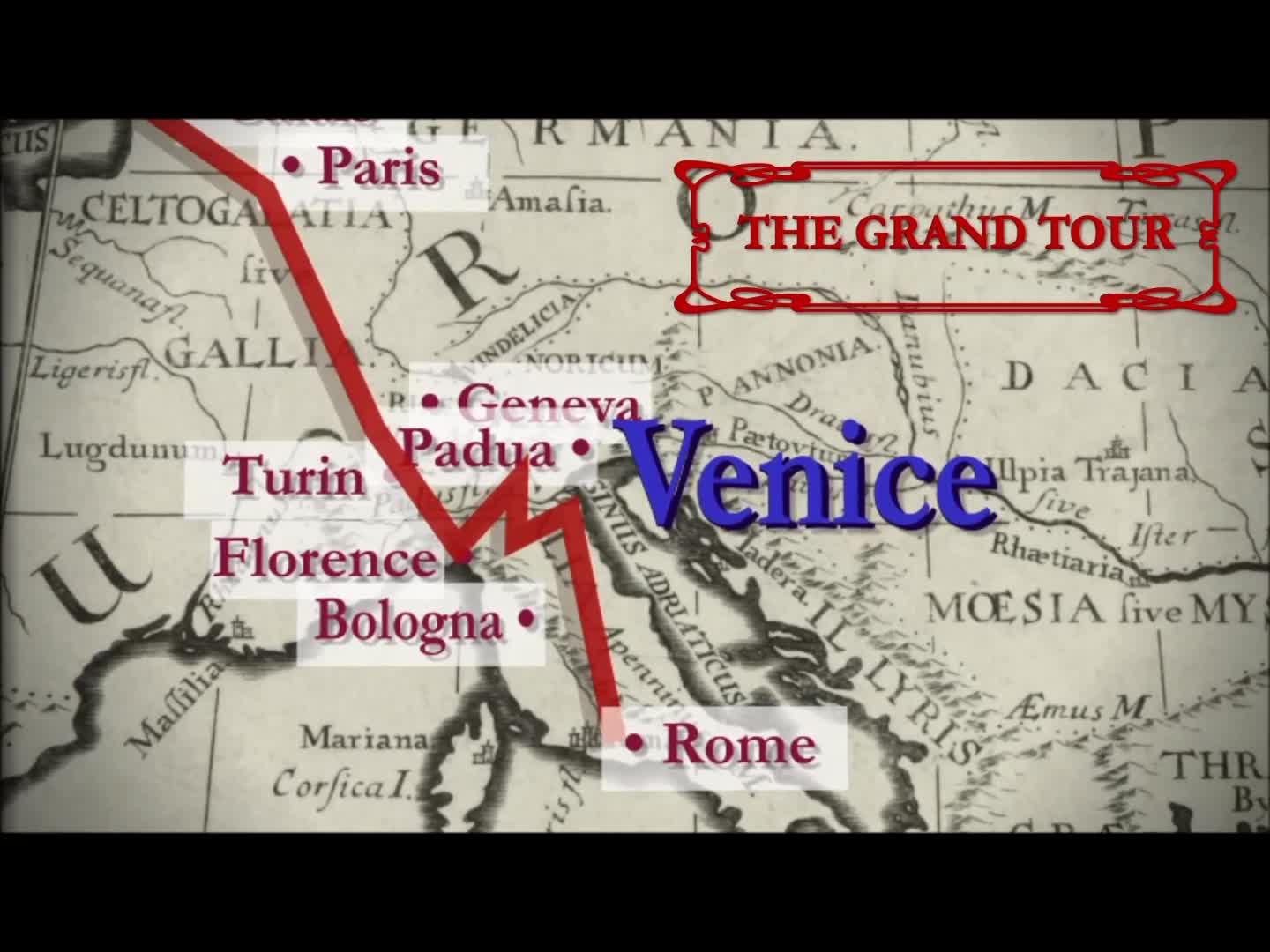
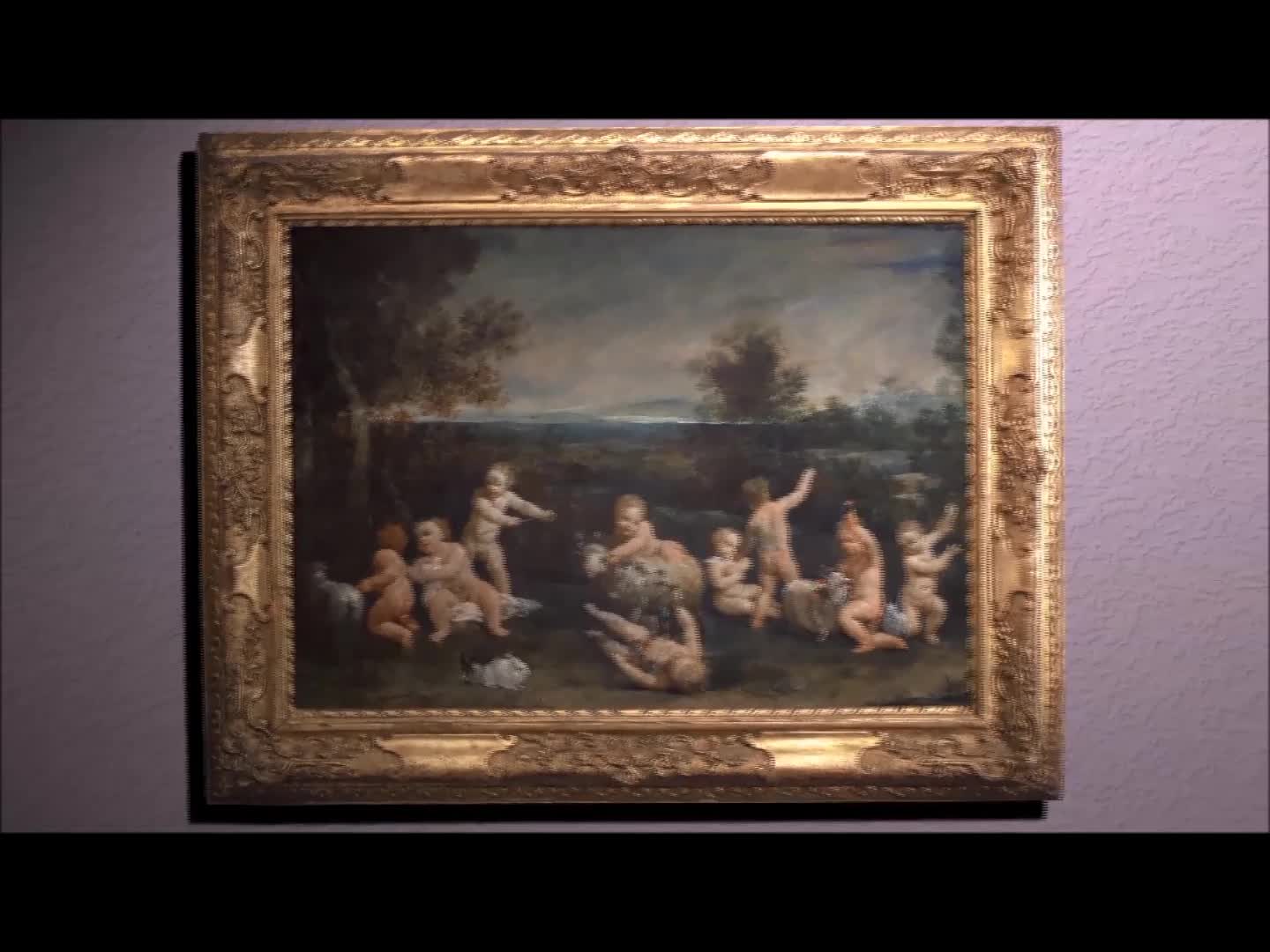
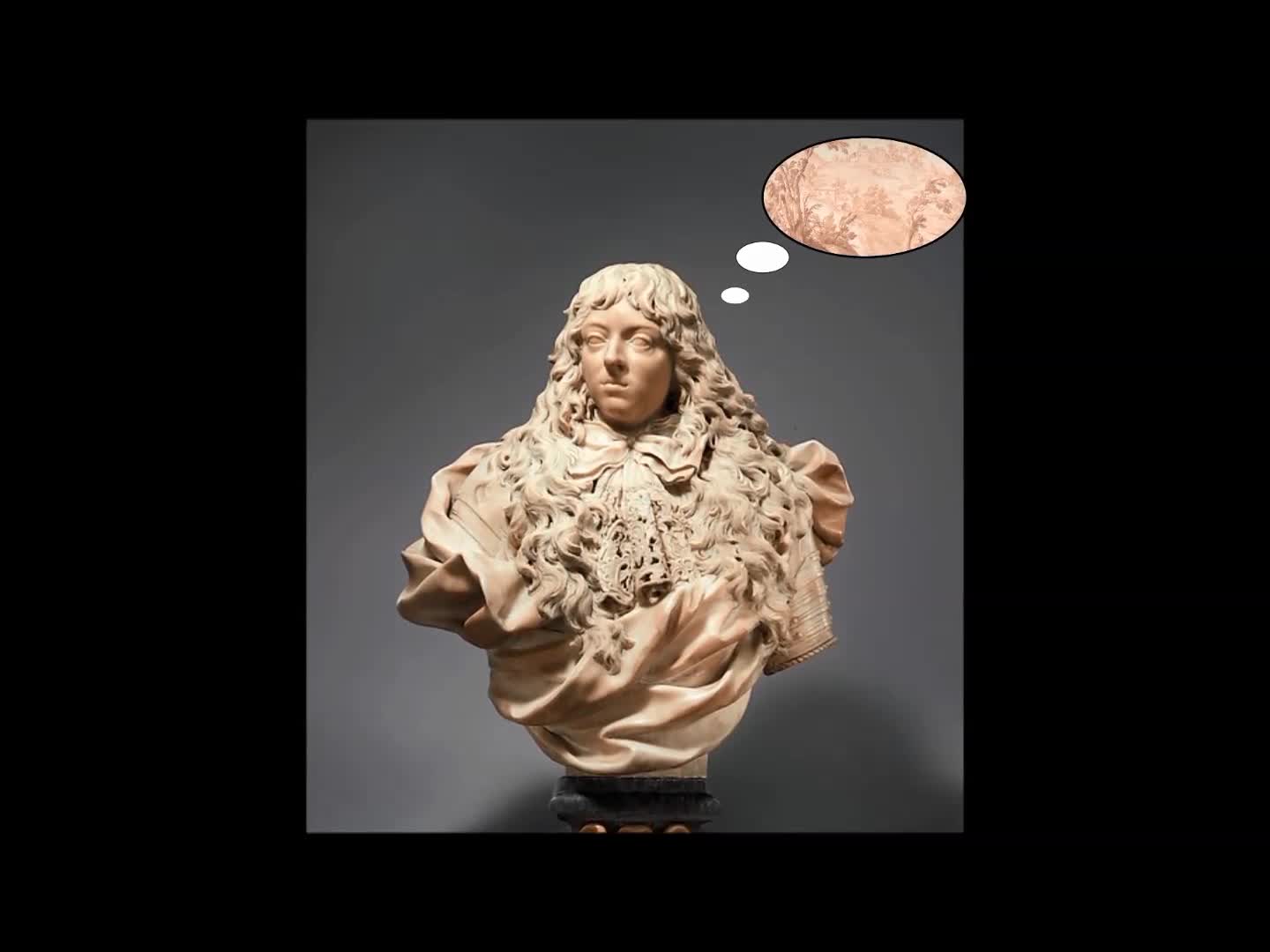
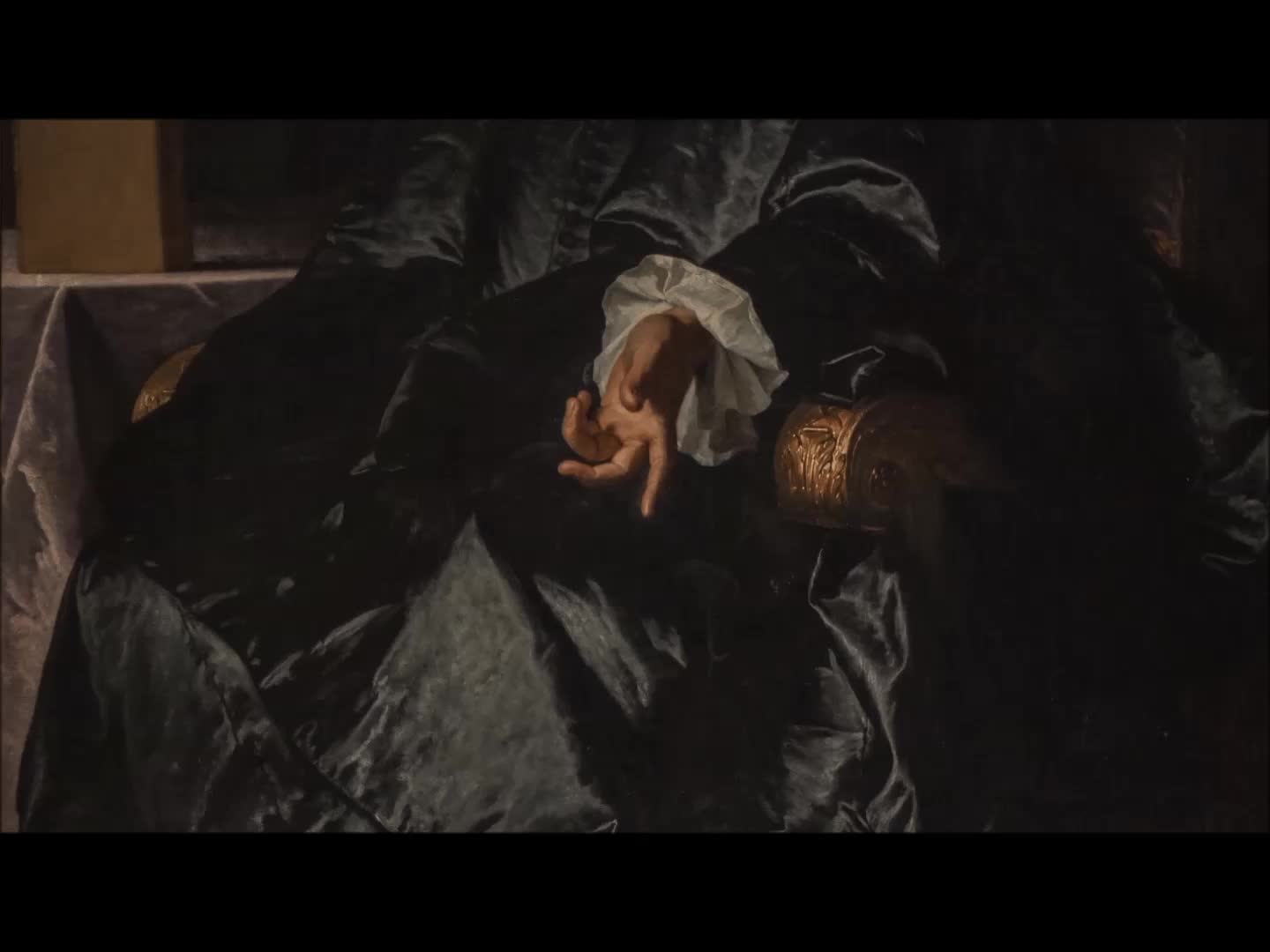
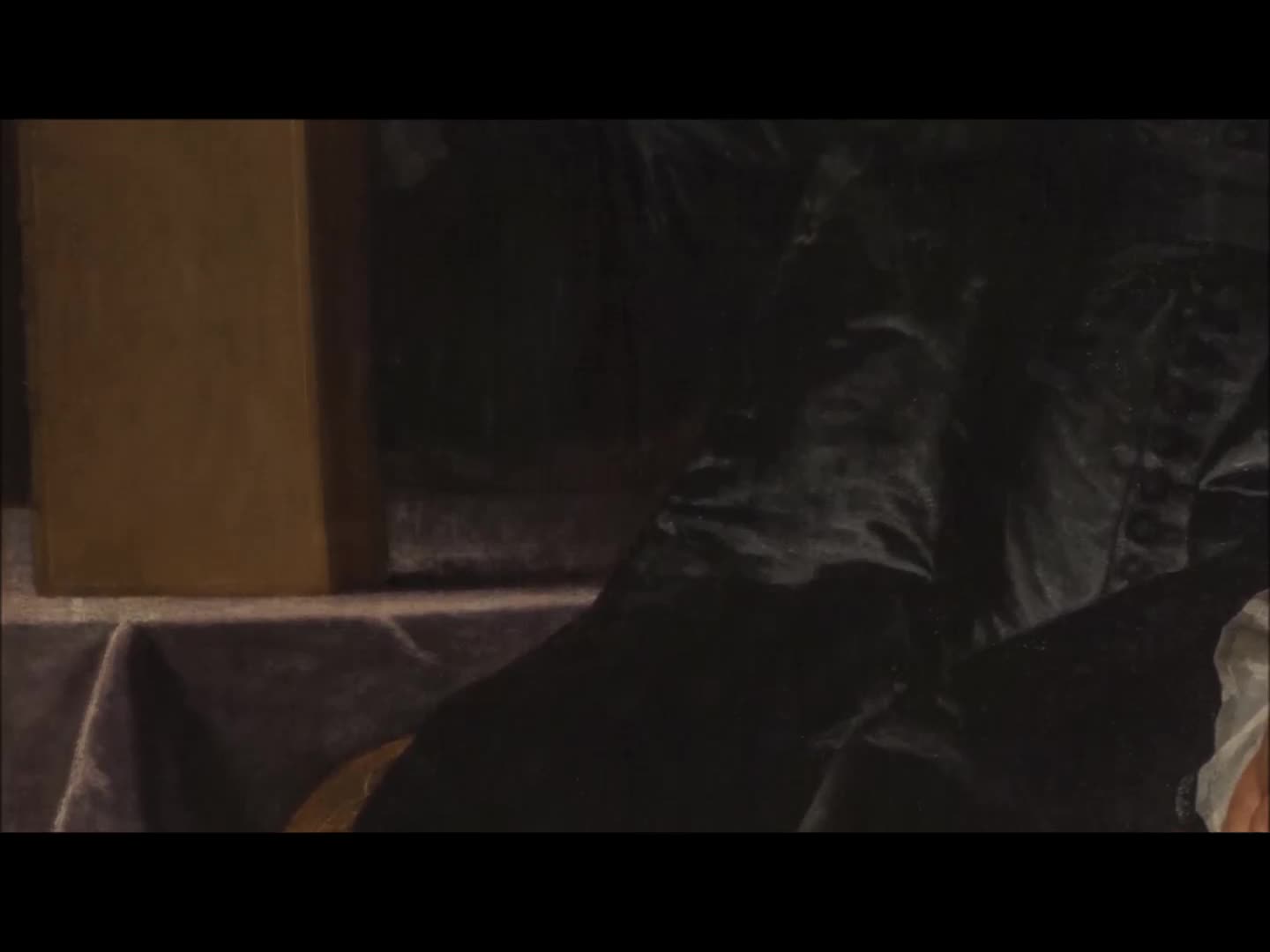


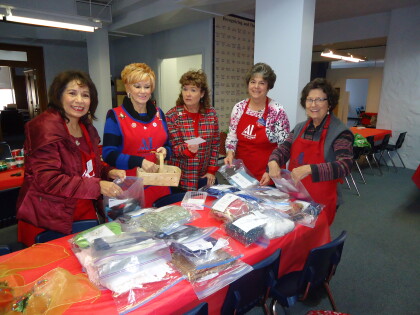
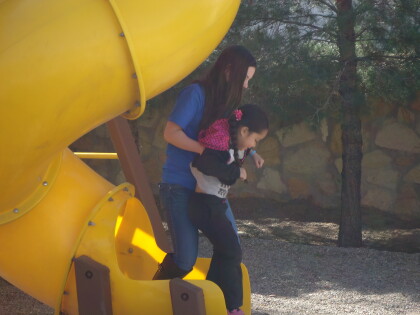
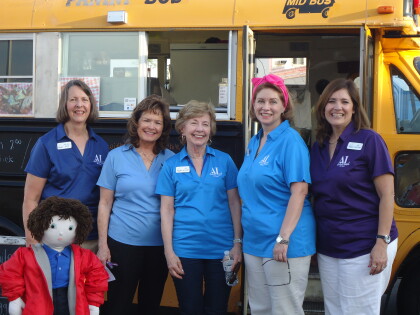
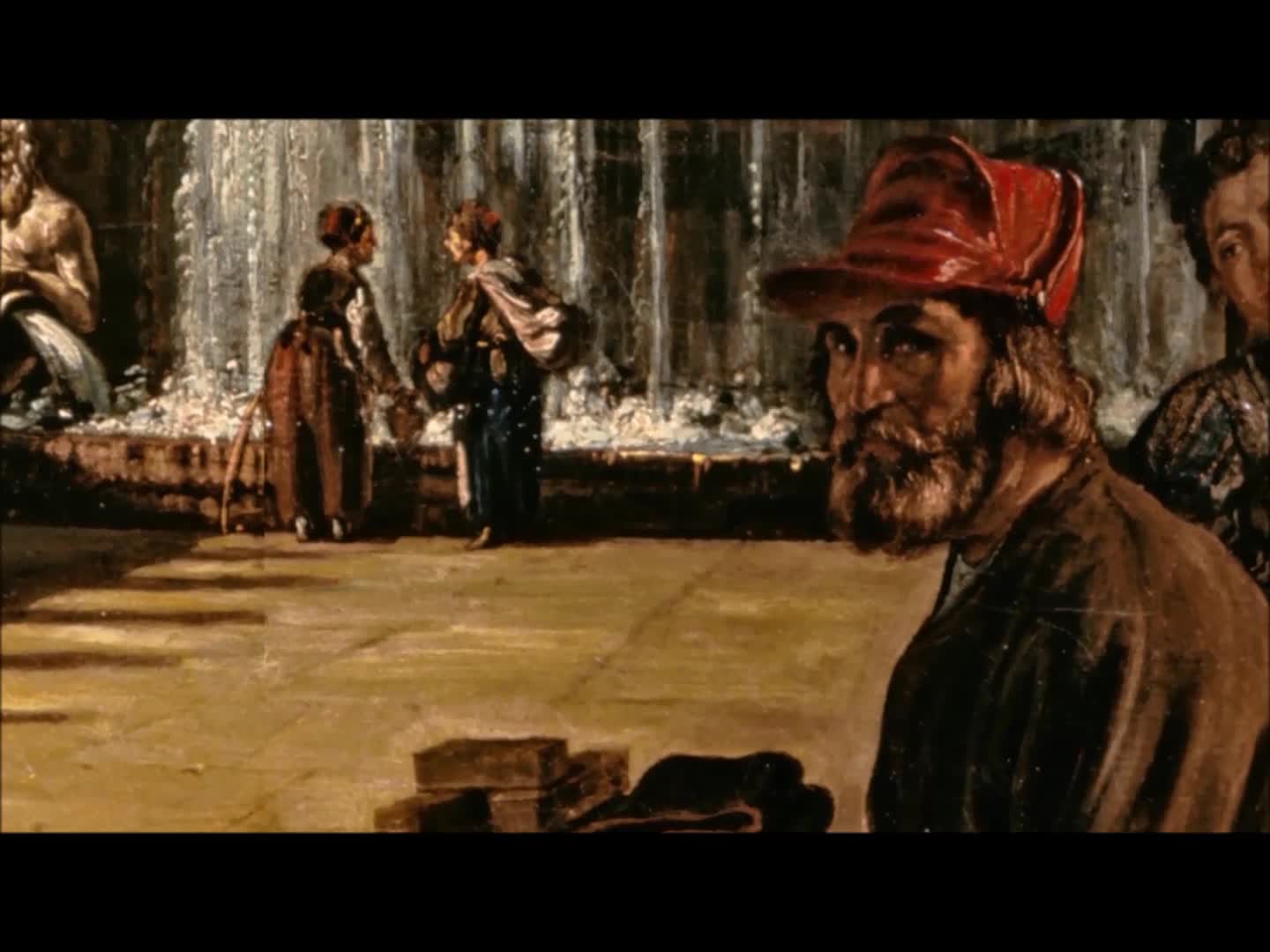
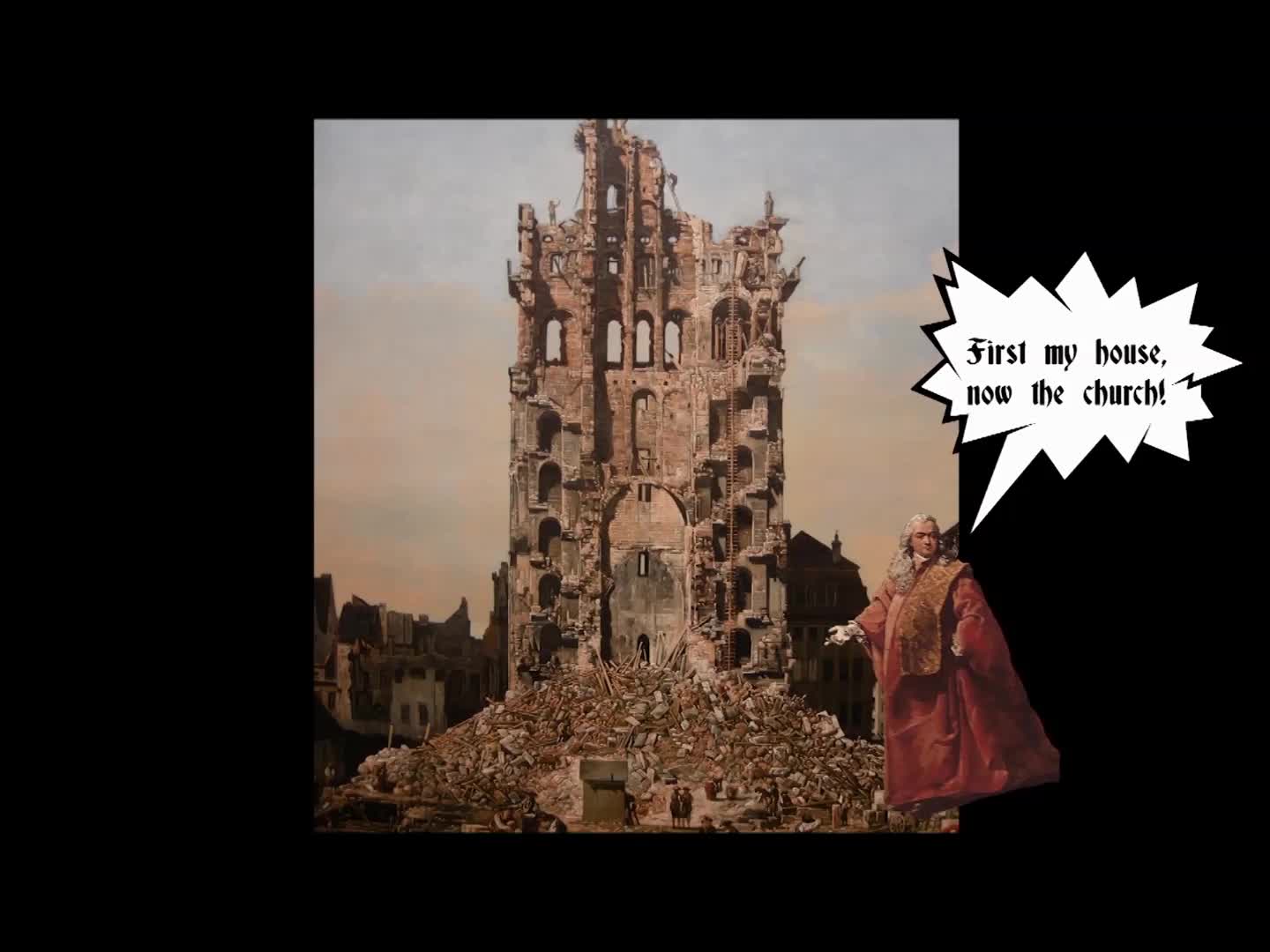
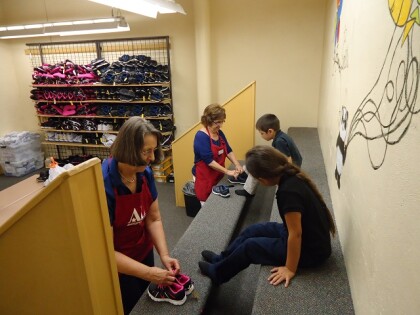
Comments
Add a comment